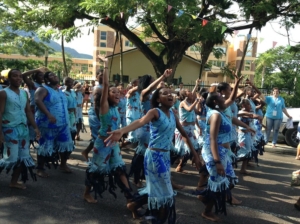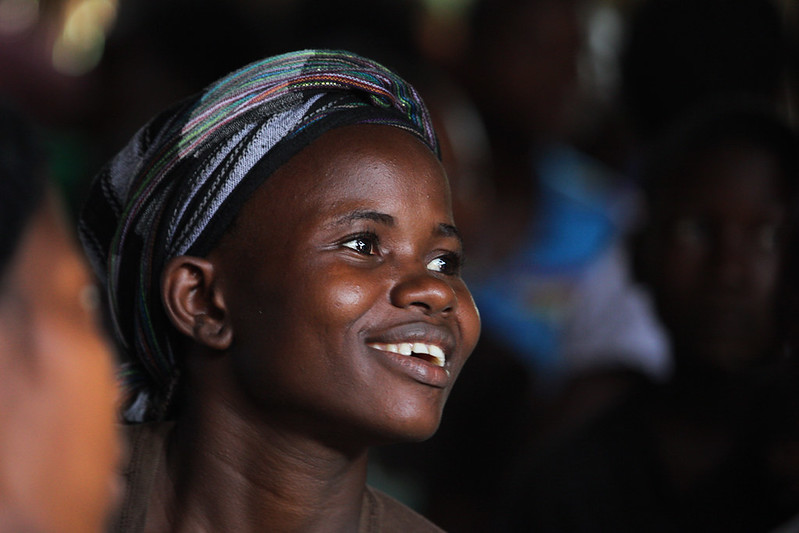
The country of Sierra Leone suffered from the onslaught of an 11-year civil war from 1991 to 2002 that resulted in displacement, thousands of deaths and sexual violence. Since then, the country has continued to experience hardships, with many living in extreme poverty. Adding to this, Sierra Leone’s citizens continuously face the effects of multidimensional poverty due to the absence of strong financial and education systems. Rural areas, specifically, endure the harshest impacts of poverty, most notably because of the lack of resources found in these neighborhoods. The COVID-19 pandemic worsened the extent of poverty in Sierra Leone, but the rural areas ultimately garnered the most difficult consequences, including the closing of locally-owned businesses and a reduction of incomes and salaries. As the pandemic ravaged the nation, the Solar Harnessed Entrepreneurs (SHE) Project came to fruition as a saving grace. The project allies with the most vulnerable and expands financial opportunities for women.
The Intentions of the SHE Project
The SHE Project secures and provides women with renewable energy-powered sources to operate their businesses. Prior to the installation of the project, many businesses located in the rural areas of Sierra Leone did not own or utilize this technology, and thus, they often suffered at the whims of debt crises, virus outbreaks and the global pandemic. Items such as a solar-powered freezer, for instance, allow businesswomen to expand the products they can sell and reach larger markets.
CARE, an international NGO, created the SHE Project in 2022. Now, the multidimensional organization receives further aid from The Rockefeller Foundation and the Global Energy Alliance for People and Planet (GEAPP). Since its implementation, the SHE Project has worked to aid 8,000 women in Sierra Leone by providing them with the resources to transform their businesses into green organizations that employ renewable energy and technology. This transformation increases financial opportunities for women because it enables growth and consistency in ways that business owners could not guarantee beforehand.
Why Women?
The SHE Project supports the financial development of female-owned businesses. Female empowerment serves as one of its main goals, especially because women often complete dangerous and time-consuming tasks, like collecting fuel, that exacerbate the climate crisis and harm their health.
In this sense, the SHE Project also boasts the humanitarian goal of restructuring the traditional, harmful manner in which women receive an income. With support from renewable energy sources, women can have greater control over their financial assets, and they can rely less on the dangerous tasks of assembling fuel, for example.
When orchestrating the SHE Project, CARE took its development a step further in its attempts to empower women. By working with microfinance institutions to combat the fact that female-owned businesses generally receive little to no income, CARE provided women with low-interest loans. In addition to the use of solar-powered resources, women also received training sessions regarding financial development and a newfound ability to expand their businesses to new markets. The series of steps taken by CARE and other organizations incentivizes financial opportunities for women.
Especially notable to this project is the fact that CARE also seeks to target the persistence of patriarchal values. By organizing “household dialogues,” trained professionals spoke with fathers and husbands to discuss the importance of female empowerment.
Inspiring Stories
The SHE Project is a successful initiative that continues to find, educate and employ women with the tools to expand their businesses and succeed as financially independent income earners.
While most women in Sierra Leone did not have access to the tools to increase market access or maintain their businesses during hardships, the SHE Project has revolutionized this, increasing financial opportunities for women and increasing equality.
Marie Squire of Ghangbatoke has experienced an increase in sales due to the freezer that the SHE Project provided her with. In fact, the freezer, instrumental for keeping cold drinks–the base of her business–fresh, has allowed her to keep her family afloat.
Similarly, Mariama Fortune honored the imported freezer as the origin of her success. As a single mother who had difficulties beginning her fried cassava business, Mariama always wanted to provide for her children. Now that she has the freezer to help her business and supply food for her family, she believes she can focus on the future, including the prospect of educating her children.
The Future
Given the success of the SHE Project, which targets changing weather patterns, female empowerment and financial success, the Sierra Leonean government has recognized the importance of supporting this initiative. Bukai Bindi Hindowa, the Deputy Minister of Gender and Children’s Affairs expresses an enthusiastic outlook for the continuation of the project, ultimately marking the reduction of poverty and the development of a stabilized female workforce. As the government invests time, effort and resources in the SHE Project, which bolsters financial opportunities for women, Sierra Leone can continue to see the reduction of barriers that limit forward growth.
– Maddy Grieco
Photo: Flickr
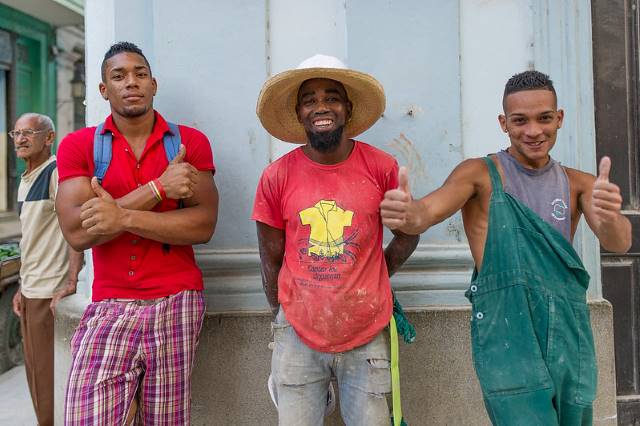 During Fidel Castro’s leadership, which lasted
During Fidel Castro’s leadership, which lasted 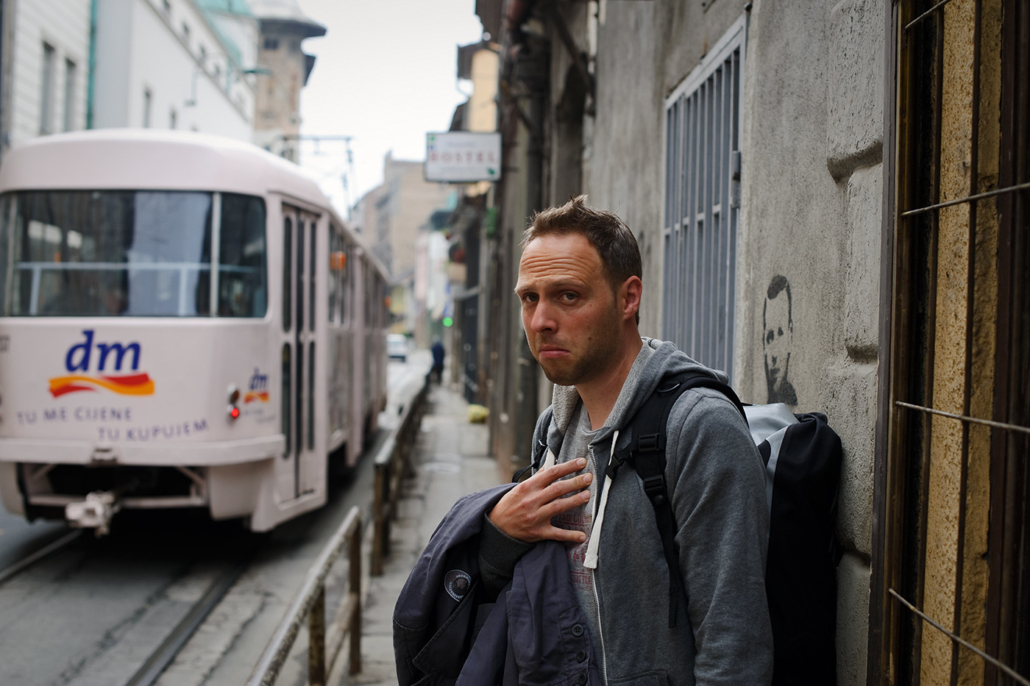
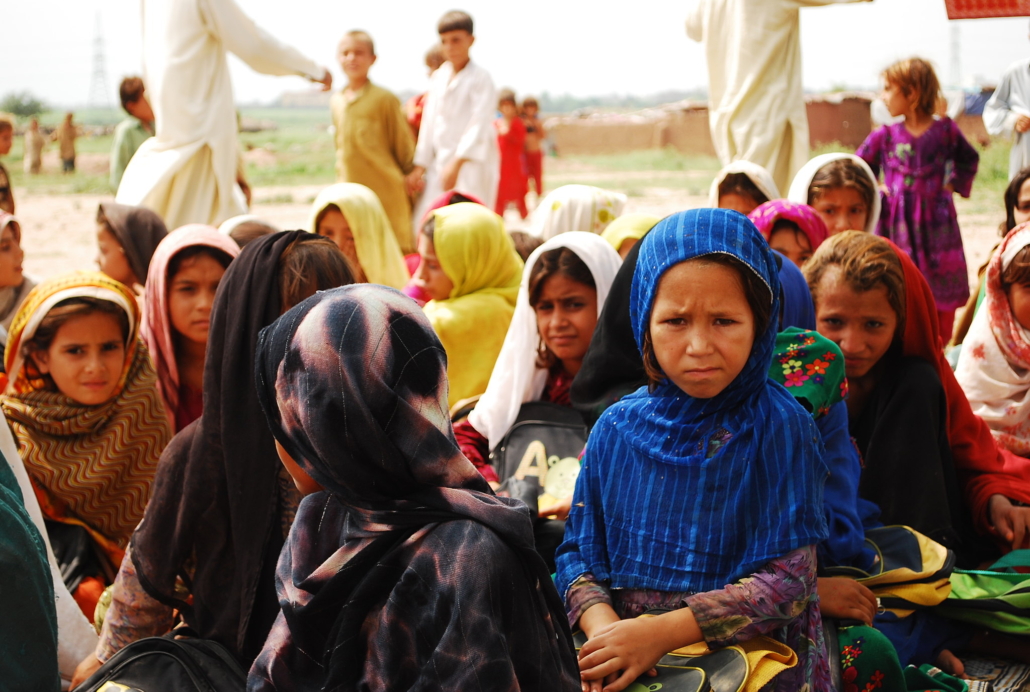
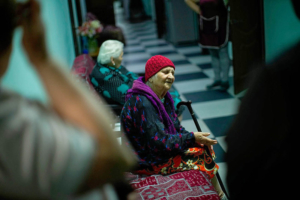 Amid the destruction that Russian troops have wreaked on Ukraine lies a forgotten demographic that has been forced to bear the brunt of Russian aggression: the elderly. As Russia continues to target healthcare facilities, apartment complexes and power plants, access to food, shelter and electricity is now elusive. Poverty among the elderly is more pernicious than it has ever been. Today, senior citizens represent one-third of all Ukrainians in need of dire assistance:
Amid the destruction that Russian troops have wreaked on Ukraine lies a forgotten demographic that has been forced to bear the brunt of Russian aggression: the elderly. As Russia continues to target healthcare facilities, apartment complexes and power plants, access to food, shelter and electricity is now elusive. Poverty among the elderly is more pernicious than it has ever been. Today, senior citizens represent one-third of all Ukrainians in need of dire assistance:  Liberia has had a long relationship with poverty, with
Liberia has had a long relationship with poverty, with 
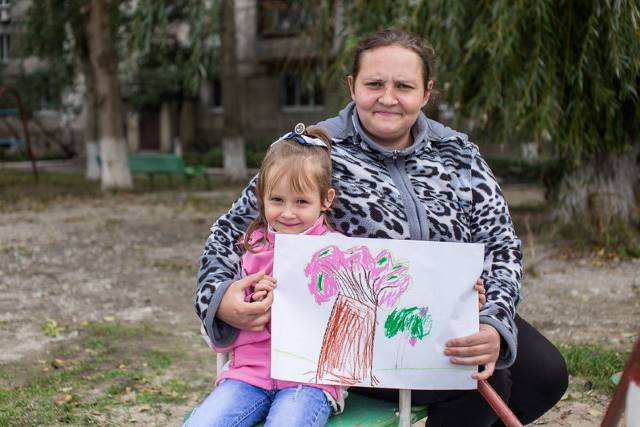 Ukraine has a long history of political turmoil and foreign interference since it achieved
Ukraine has a long history of political turmoil and foreign interference since it achieved